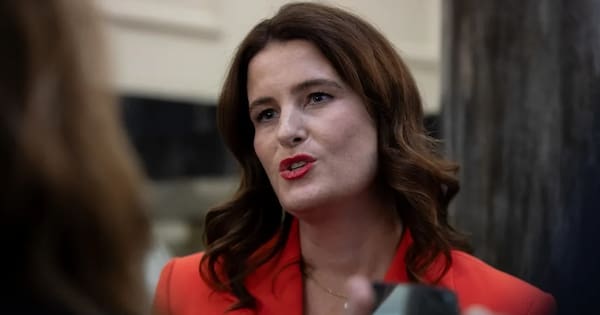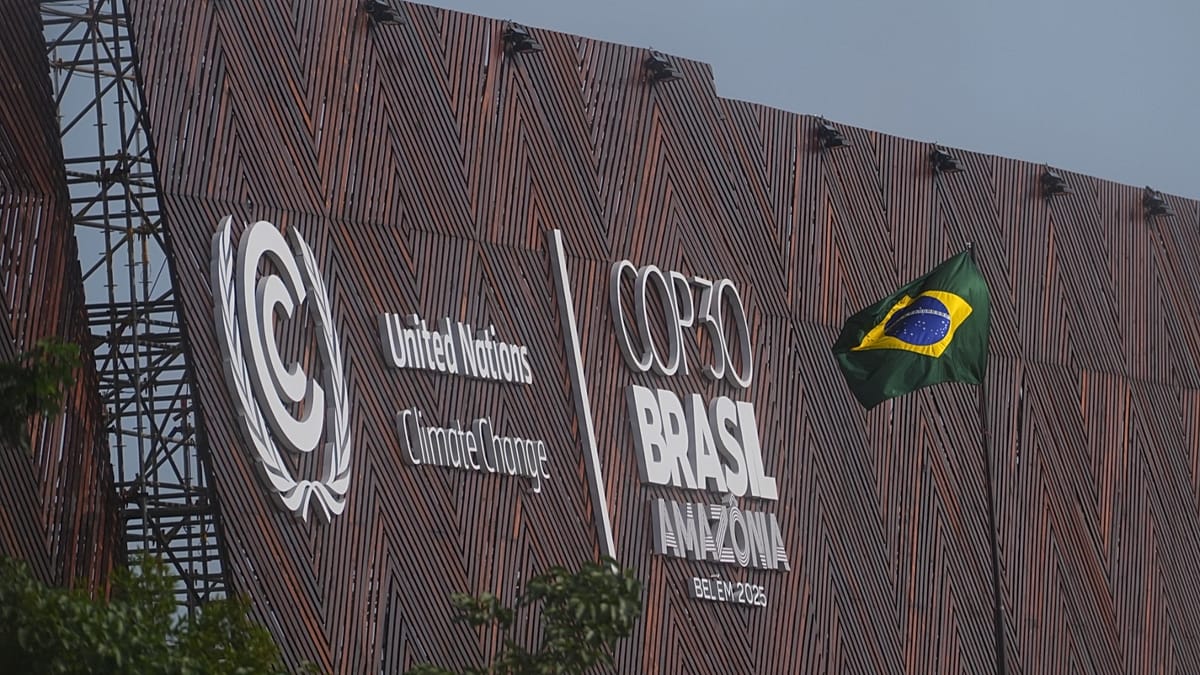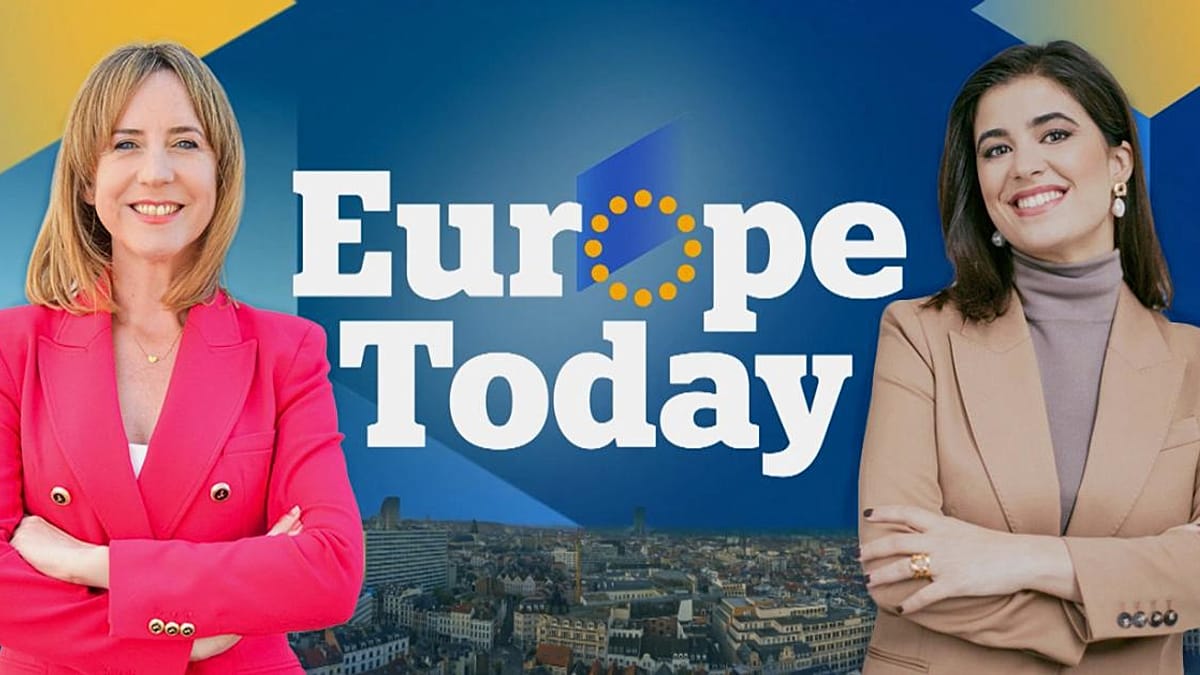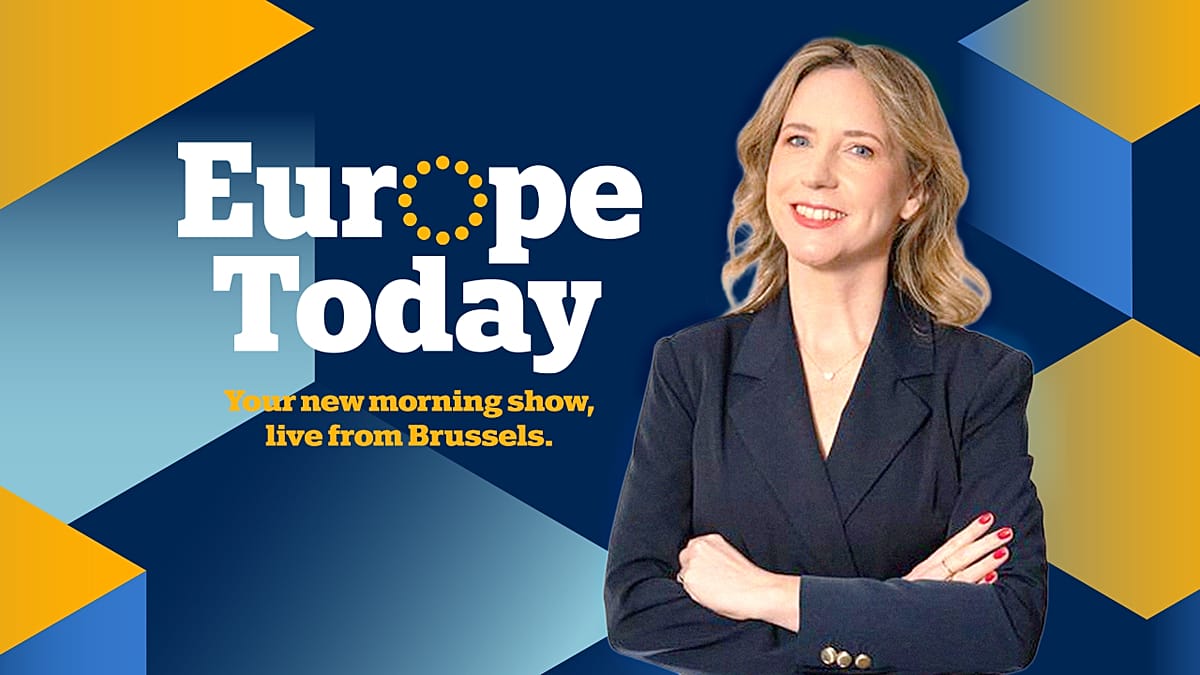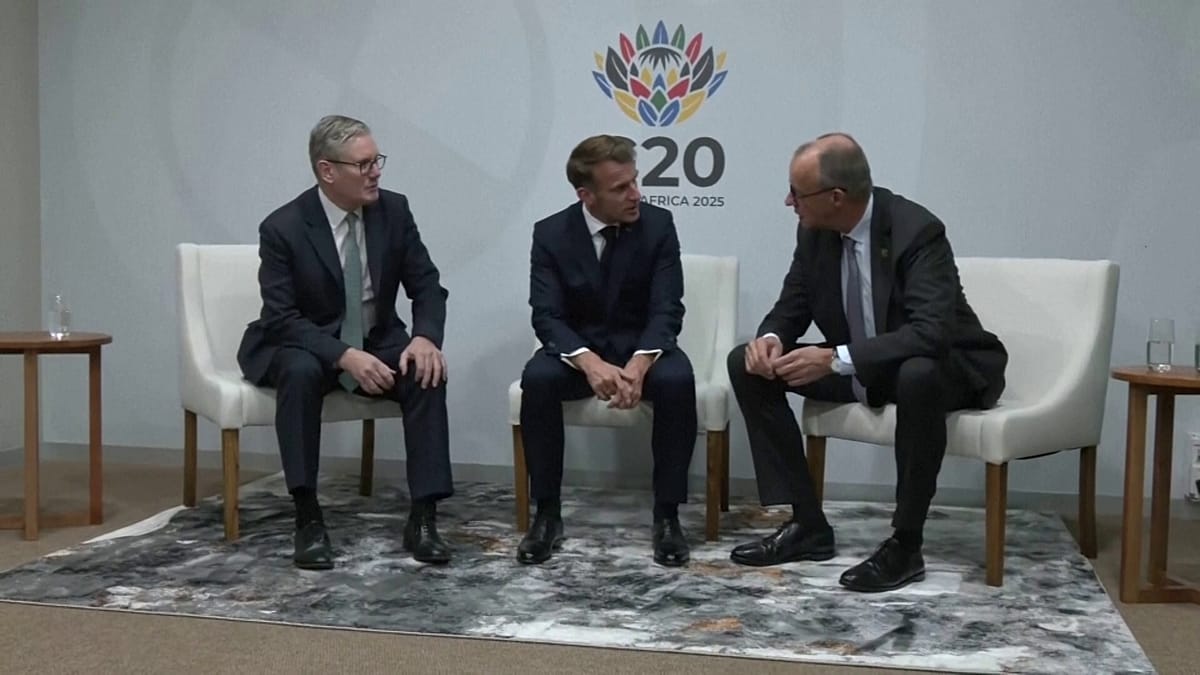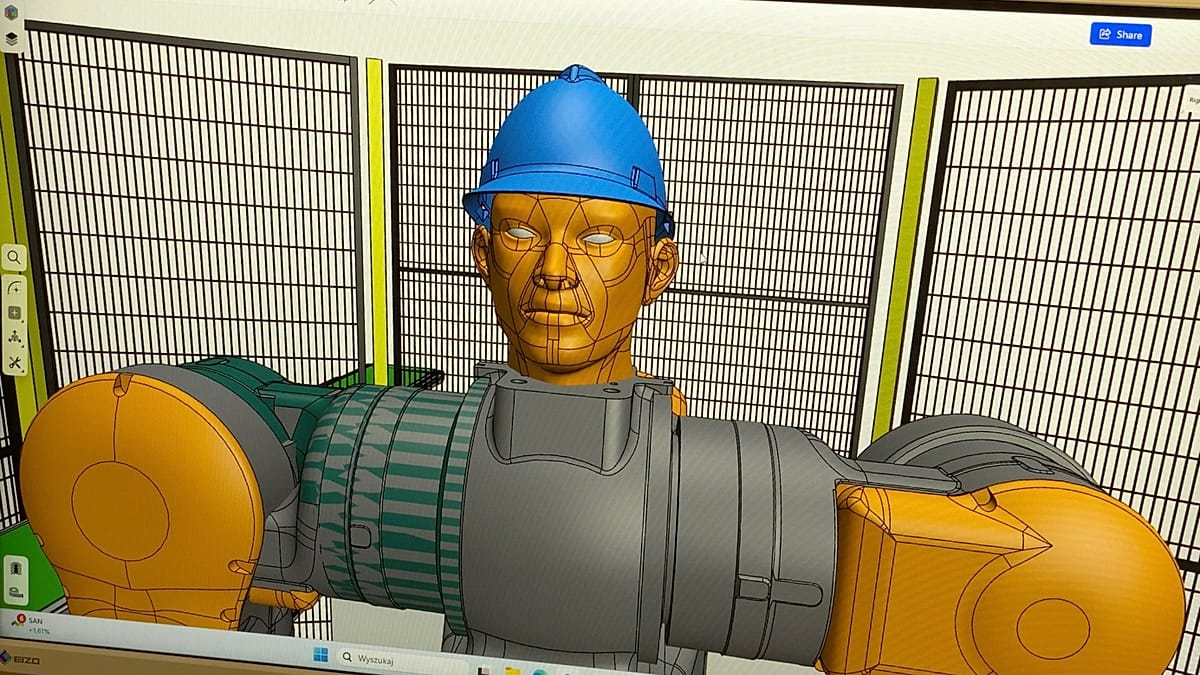European leaders have demanded to be fully involved in Ukraine negotiations for matters that fall directly under the bloc’s jurisdiction, such as the economic sanctions imposed on Moscow and the immobilised assets of the Russian Central Bank.
Both issues, alongside Kyiv’s EU accession bid, were featured in the initial 28-point plan drafted by the United States and Russia without European participation, sparking concerns that the EU could be sidelined from talks about the continent’s security.
The controversial template was discussed on Sunday between American, Ukrainian and European officials in Geneva, Switzerland. As a result of the talks, the text has been amended and is expected to keep changing in the coming days.
“There is a new momentum in these negotiations,” António Costa, the president of the European Council, said on Monday afternoon.
“The United States and Ukraine informed us that discussions were constructive and that progress was achieved on several issues. We welcome this step forward, and some issues remain to be resolved, but the direction is positive,” he added.
“It is also clear that the issues that concern directly the European Union, such as sanctions, enlargement or immobilised assets, require the full involvement and decision by the European Union.”
Costa spoke to the press after a special meeting of EU leaders in Luanda, Angola.
European leaders gathered on Monday morning in the margins of a European Union-African Union summit. The summit followed a gathering of the G20 in South Africa over the weekend. Both events were overshadowed by the Trump administration’s push to get a deal done before the end of the week, which has rattled the Europeans.
“The European Union is committed to continue providing President Zelenskyy with all the support he needs: diplomatic support, military support, economic support,” Costa said.
“Peace cannot be a temporary truce. It must be a lasting solution. Ukraine has chosen Europe, and Europe will stand by Ukraine.”
By his side, Ursula von der Leyen, the president of the European Commission, echoed the message of “good progress”, while cautioning “work remains to be done”.
“There’s now a solid basis to move forward,” she said.
Von der Leyen added that any peace settlement should cap the size of the Ukrainian armed forces only if Kyiv gives its consent, a remarkable change from Sunday, when she outright declared “there cannot be limitations” on the national army.
“Ukraine’s territory and sovereignty must be respected. Only Ukraine, as a sovereign country, can make decisions regarding its armed forces. The choice of their destiny is in their own hands,” the Commission chief said.
Von der Leyen stressed the “centrality” of the EU in Ukraine’s post-war future and called for the return of the Ukrainian children abducted by invading Russian forces.
Geneva aftermath
Europeans are trying to persuade Americans to make significant adjustments to the original 28-point plan.
The initial text published last week contained terms largely beneficial to Moscow’s interests, including a veto on Ukraine’s NATO membership, a cap of the Ukrainian army of 600,000 personnel compared to the close to 900,000 Kyiv currently has, and sweeping territorial concessions of areas Russia does not control militarily.
The text also called for the release of the immobilised assets of the Russian Central Bank, most of which are held in Europe, and the gradual lifting of sanctions. The EU has long argued that Russia has to pay reparations for the damage caused in Ukraine.
European officials were aghast at the thought of unblocking the immobilised assets for Russia and the US to benefit commercially.
One official told Euronews it was a case of “economic brutality” and warned that it would paralyse a European push to issue an unprecedented reparations loan for Ukraine, the most powerful economic tool that Brussels currently holds.
Following Monday’s meeting, some leaders, including Sweden’s Ulf Kristersson and Lithuania’s Gitanas Nausėda, called for the swift approval of the reparations loan.
Europeans have been debating the matter for weeks, looking to a December decision, but the US plan has added uncertainty and prompted calls to move faster.
“The EU’s and USA’s sanctions are biting into the Russian economy, but the pressure on Russia needs to increase,” Kristersson said.
“The next step we need to take is to seize the frozen Russian assets held in bank accounts in European countries. The money should be used to strengthen Ukraine’s defence and to pay for the damage Russia has inflicted on Ukraine.”
Europeans raised these issues during talks in Geneva between American and Ukrainian officials on Sunday.
Both Ukraine and the US hailed meaningful progress in their discussions and announced an “updated and refined peace framework”, which was not disclosed.
US Secretary of State Marco Rubio said the 28-point draft had “evolved” and expressed optimism that all outstanding issues would be resolved.
“I can tell you that the items that remain open are not insurmountable. We just need more time than what we have today. I honestly believe we’ll get there,” Rubio said.
Rubio acknowledged there were “items”, like the Russian assets, which he called “equities”, that needed to be negotiated separately with the EU and NATO allies.
“Those are things we’ll have to discuss with them because it involves them,” he said.
Rubio also said the Thanksgiving deadline imposed by the Trump administration was flexible: “Our goal is to end this war as soon as possible, but we need a little more time.”
Separate track
The remarks prompted a sigh of relief from Europeans, who feared being sidelined in a process that could redefine the continent’s security architecture for decades to come.
During the talks in Geneva, European officials worked on amendments to the most problematic elements of the text.
The European proposal, seen by Euronews, insists on a ceasefire, removes a Russian veto for Ukraine when it comes to NATO, arguing that would be a decision for allies alone, and notes that the immobilised assets would be used to compensate Ukraine. The plan also suggests NATO-like guarantees for Ukraine without further details.
Europeans have not acknowledged the existence of a counterproposal, a word that risks antagonising President Donald Trump. The strategy is to work within the parameters set out by Washington and sway the terms in favour of Ukraine as much as possible.
“We are not speaking about counterproposals. What matters in the end is what is the content of this peace plan,” said a spokesperson for the European Commission.
The spokesperson declined to explain the next steps of the separate track of negotiations between the Europeans, the Ukrainians and the Americans.
Ukrainian President Volodymyr Zelenskyy, who is keen on involving Europeans as much as possible to mitigate the Russian influence over the White House, said that it was “crucial that every joint action with our partners is thoroughly thought out”.
The stakes for the EU could not be any higher.
The bloc is the largest supporter of Ukraine, providing more than €187 billion in assistance since the start of the full-scale invasion. The EU has also granted candidate status to Ukraine, built deep links with its defence industry and welcomed four million refugees, many of whom are permanently settled.
Any peace deal between Ukraine and Russia, if it comes to happen, is poised to reverberate across the entire bloc and have long-lasting implications.
“We must remain united and keep placing Ukraine’s best interests at the centre of our efforts,” von der Leyen said on Monday.
“This is about the security of our entire continent, now and (in) the future.”

